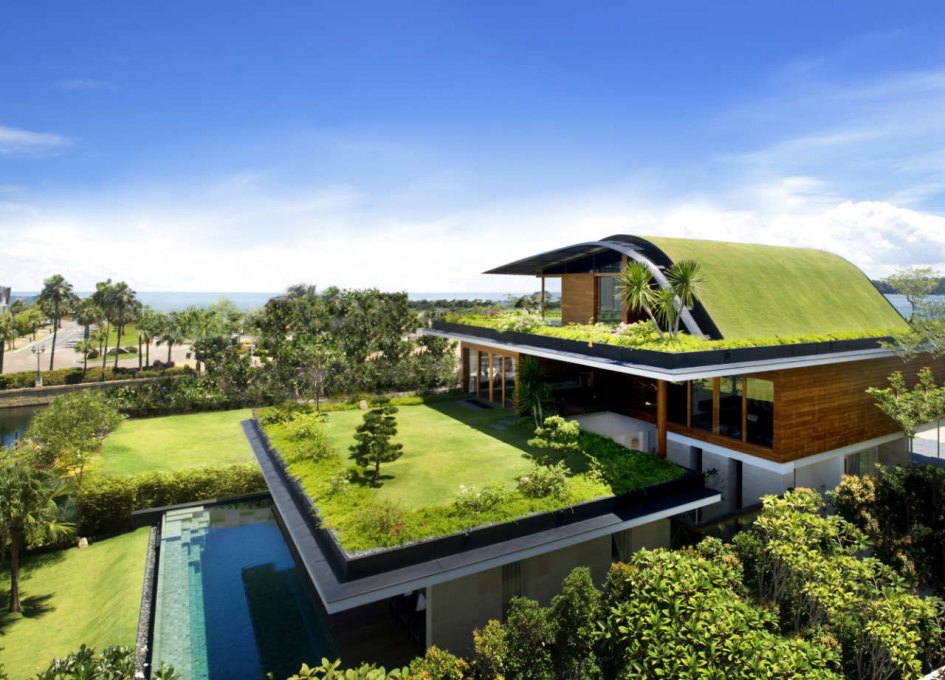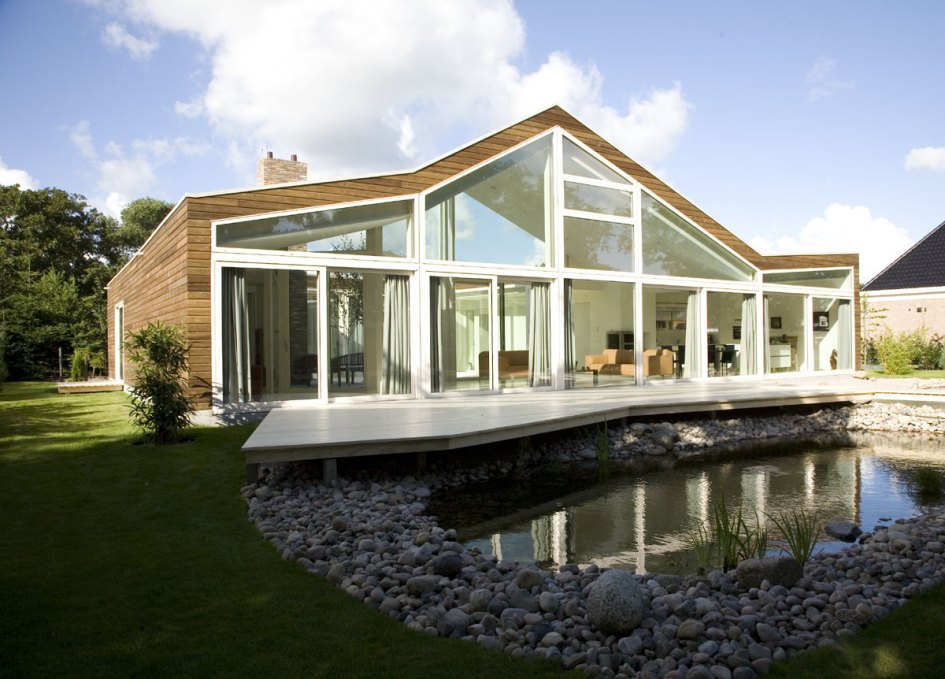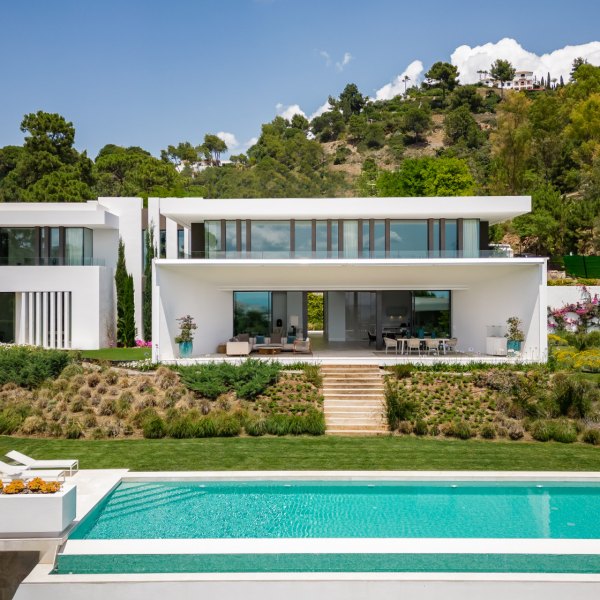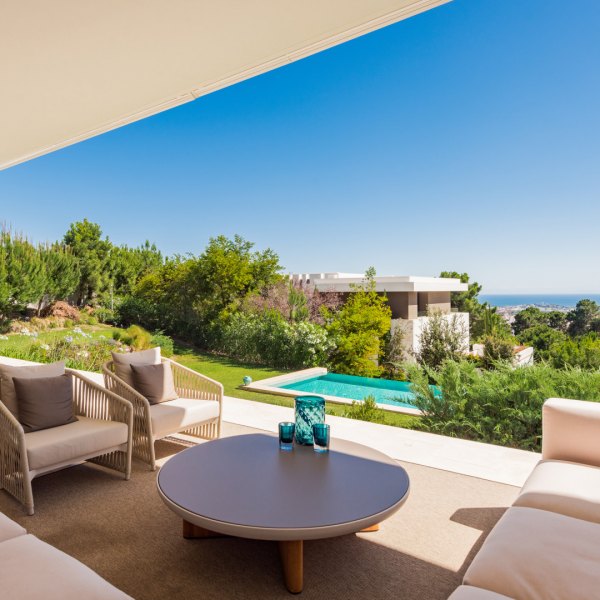Building an eco-friendly home

Ever since time began – or at least since man started to construct his own home - each era has been marked by its particular architectural trends. Sometimes the changing appearance of domestic buildings is due to a breakthrough in technology, sometimes merely the reaction to a stylistic fashion.

Currently the shape of the home is dictated by concern for the environment and some of the results have been surprising, with designers all over the world constructing houses from materials that might otherwise have ended up in a landfill site. This is eco-architecture at its most extreme, but these days it's not only environmental warriors who are planning their homes with a mind to reducing their global footprint.
Many are seduced, not even necessarily by boosting their eco-credentials, but by the chance to save money. There are now many products on the market that can considerably increase the efficiency of a home and reduce the consumption of such amenities as water, heating and lighting.
Wind turbines have become a familiar sight across most of Europe. These futuristic descendants of Don Quixote's windmills harness the wind's energy and contribute to the local electricity supply, but now domestic wind turbines are becoming a popular feature too, helping to reduce the household electricity bill by further powering your own appliances.
Similarly, you should use your roof as more than a barrier to protect you from the elements; solar panels harvest energy from the sun to heat water that could be used for washing or heating in the home, while photovoltaic solar cells convert photon particles from the sun into electricity. In Spain this form of heating is especially effective, given the country's enviable climate and, indeed, any new property is now obliged to feature solar panelling.

Lower electricity bills can also be achieved by the simple expedient of ensuring that your home is properly insulated. The two main areas that require attention are the loft and the cavity wall spaces and there is no better time to undertake this than during the construction period. This measure alone can do a great deal to ensure effective climate control.
Windows represent another potential weak point that allows excess heat to enter in the summer, and warmth to escape during the winter. Double glazing has been seen as a necessity for several decades, but these days it is not unusual to see triple glazing being employed in brand new constructions. The extra layer results in an even more efficient barrier against the elements.
These days terminology is moving away from the old standards such as ‘heating’ and ‘air-conditioning’ towards the concept of climate control, which is not only more energy efficient, but also considerably more pleasant for inhabitants.
While it's possible to make the oldest house more energy efficient by exchanging old technology for new, the challenge of building a home with a low carbon footprint has spawned a wave of technical creativity hitherto unseen.
There are companies that can help you to plan and design a home that has a very positive effect on the planet, with consultants that can lead the way to harnessing the latest green technology so that your home offers all the comfort, style and functionality of old, whilst saving you money and doing your bit for the environment.
Diana Morales, 28 Mar 2012 - News
Related Articles

What’s Next for Marbella’s Luxury Homes: Master Architects Share Their Vision for 2025
6 min. read · Pia Arrieta

Luxury real estate’s global cooling, Q3 2024
1 min. read · Pia Arrieta

Knight Frank: Alpine Property Report 2025
2 min. read · Pia Arrieta

Act Now: Changes Ahead for Spain’s Golden Visa Program
4 min. read · Pia Arrieta